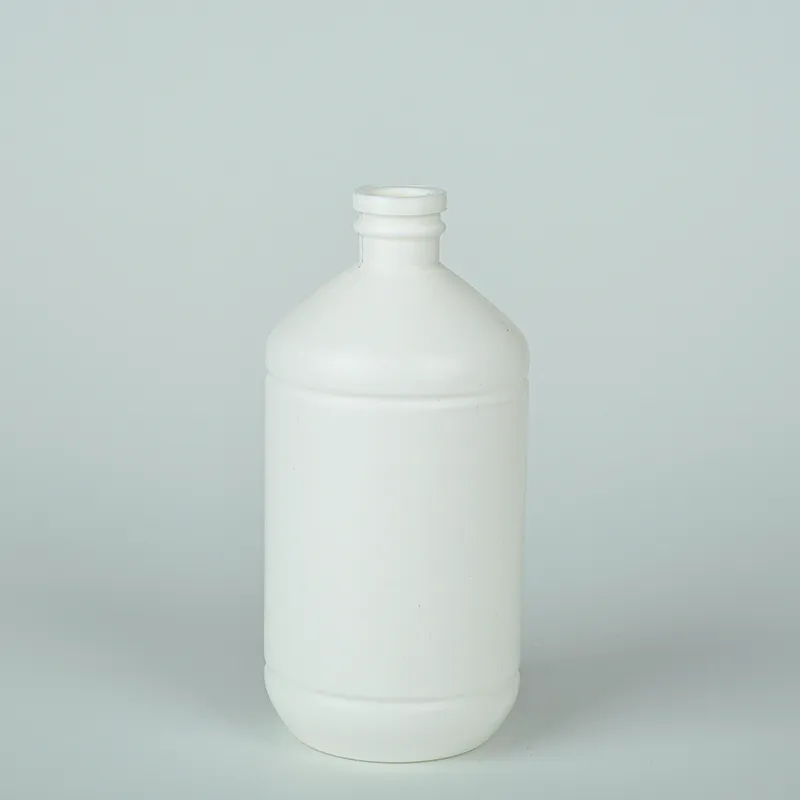Rubber Stoppered Injection Bottle for Safe and Efficient Medication Storage
The Importance of Injection Bottles with Rubber Stoppers in Pharmaceutical Applications
In the field of pharmaceuticals and biotechnology, the packaging and storage of medications are as crucial as the formulations themselves. One of the most widely used types of containers in this sector is the injection bottle, often fitted with a rubber stopper. This article explores the significance of injection bottles with rubber stoppers, their benefits, applications, and the various considerations that pharmaceutical companies must keep in mind when utilizing these containers.
What is an Injection Bottle?
An injection bottle is a type of vial designed to hold liquid medications, particularly those that are injectable. These bottles are typically made from glass or high-grade plastic and feature a neck that is sealed with a rubber stopper. This design allows for a sterile environment that protects the contents from contaminants while also enabling easy access for use with syringes.
The Role of Rubber Stoppers
Rubber stoppers are essential components of injection bottles, serving several key functions. Firstly, they provide an airtight seal that helps preserve the integrity of the medication inside. This is especially important for sensitive formulations that may degrade or lose potency when exposed to air.
Moreover, rubber stoppers are designed to work with needles. When a syringe is inserted into the stopper, it allows for the withdrawal of the desired amount of medication without compromising the sterility of the remaining contents. This feature is critical in environments such as hospitals and clinics, where multiple doses may be extracted from a single vial.
Benefits of Using Injection Bottles with Rubber Stoppers
1. Sterility and Safety Rubber stoppers help maintain a sterile environment, which is crucial for injectable medications. They prevent contamination from external sources, thus safeguarding patient health.
2. Versatility Injection bottles can be used for various types of medications, including vaccines, insulin, and other biologics. The rubber stopper's compatibility with needles makes it ideal for medications that require precise dosage.
3. Cost-Effectiveness Utilizing a single injection bottle for multiple dosages is more economical than using separate containers for each dose. This not only reduces waste but also lowers overall medication costs.
injection bottle with rubber stopper

4. Ease of Use Medical professionals are trained to use injection bottles effectively, making routine procedures quick and efficient. The design of the rubber stopper allows for easy access without lengthy preparation times.
5. Tamper-Evidence Many rubber stoppers are designed to show signs of tampering, providing an added layer of security. This feature is particularly important in preventing the alteration of medication prior to administration.
Considerations in the Selection Process
While injection bottles with rubber stoppers offer numerous advantages, pharmaceutical companies must consider various factors when selecting these containers.
1. Material Compatibility The rubber used in stoppers must be compatible with the medication being stored. Certain medications can interact with rubber, leading to leaching or degradation. Therefore, it's crucial to conduct stability studies to ensure that the rubber does not compromise the drug's efficacy.
2. Regulatory Compliance The production and use of injection bottles with rubber stoppers are subject to strict regulations by organizations such as the FDA and EMA. Compliance with Good Manufacturing Practices (GMP) is essential to ensure that these products meet safety and quality standards.
3. Shelf Life The shelf life of an injected medication can be affected by the type of stopper used. Companies need to assess how long the stopper can effectively preserve the medication without compromising its quality.
4. Environmental Considerations With increasing awareness of environmental issues, companies are exploring sustainable alternatives to traditional rubber stoppers. Biodegradable and recyclable options are becoming more prevalent, reflecting the industry's shift towards greener practices.
Conclusion
Injection bottles with rubber stoppers play an indispensable role in the pharmaceutical industry. They ensure the safe storage and administration of medications while protecting them from contamination. As the industry continues to evolve, ongoing research and development will be necessary to improve the materials and designs of these containers. By addressing issues such as compatibility, regulatory compliance, and sustainability, pharmaceutical manufacturers can provide safer and more effective products that meet the needs of healthcare providers and patients alike. The future of injectable medications relies heavily on these seemingly simple yet essential components.
-
Aesthetic Makeup Spray Bottles | Fine Mist Empty RefillableNewsAug.19,2025
-
White Plastic Veterinary Vaccine Vials | Lab Liquid BottlesNewsAug.18,2025
-
Plastic Medicine Liquid Bottle: Secure Flip Top Drug VialsNewsAug.17,2025
-
Durable 250ml Blue Plastic Vaccine Vial for Lab & Vet UseNewsAug.16,2025
-
Sterile Virus Sample Tubes: Secure & Reliable Specimen CollectionNewsAug.15,2025
-
White 250ml Plastic Vaccine Vial for Lab & Vet MedicineNewsAug.14,2025
























